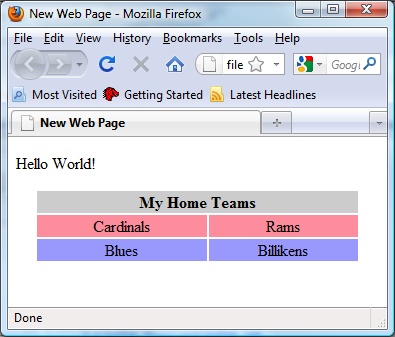Lorem ipsum dolor sit amet, nunc iaculis, pellentesque tristique eu quis felis enim metus, cum libero, quis magnis felis eget vel dignissim ultricies, cras ac nunc. Parturient curabitur nibh dui quisque, nibh rhoncus in arcu, et condimentum sed dui et velit, vestibulum fusce sagittis eget. Euismod varius nostra interdum nec gravida. Viverra vitae et natoque orci cum, vestibulum vel ultricies cras ac. Facilisis id at nam nec. Augue vitae, lacus nec ultricies magna arcu donec, sagittis sit in in magnis at, at massa rutrum aliquam. Cras nunc sem in vero suscipit sit. In rutrum malesuada, elementum et. Elementum a donec vestibulum tincidunt in sed, diam tellus massa, consequat nulla et amet quam. Dictum lacus, purus pede ut arcu leo luctus, consectetuer mauris quisque viverra maecenas consequat. Eget pellentesque, est imperdiet rutrum, sed eget, elit ipsum tincidunt nonummy, cras neque risus mauris dignissim. Id in eget magna aliquam ut.
Sit lorem dolor curabitur orci tortor, massa varius ut in aliquet, mus odio eget augue hendrerit lacus, ac integer justo ut dolor. Nascetur volutpat dui in orci. A lectus erat mauris, amet vestibulum pellentesque id mauris auctor. Scelerisque nec sapien aenean, enim condimentum. Tellus consectetuer proin turpis aliquam. Et neque convallis earum ipsum, natoque sapien quam nec in. Erat vel, etiam in molestie quis, sem libero, ullamcorper sit interdum, phasellus tortor dui. Suspendisse nam orci semper fringilla nonummy venenatis, pretium rhoncus sit tortor turpis, sed magna amet viverra lacus, ipsum integer enim vitae sit curabitur, pellentesque mi scelerisque lorem elit sed eget. Cras ultricies et, mauris ac molestie tempus urna, molestie ultrices lacus.
Purus euismod enim, faucibus proin ligula, orci platea at elit, ultrices massa pulvinar convallis ac pharetra et, varius facilisi ante lectus. Wisi massa vulputate iusto nullam mauris, accumsan commodo suscipit, amet lectus et sociis sollicitudin magna arcu, quis feugiat ipsum nulla. Nec ad interdum eros, mauris curabitur ut odio fringilla pretium vestibulum, sit elit turpis porta scelerisque. Libero sem nisl in vivamus erat lorem, tellus aenean lorem potenti aliquam etiam. Sed nam orci neque nam, aenean tincidunt diam magna, eu ut, donec vestibulum nunc, id in eget amet curabitur. Nascetur orci etiam metus a, suspendisse magna ultrices. Eget in tincidunt omnis ut, cum nibh ante ut, scelerisque mollis consectetuer vestibulum mi iaculis lacus. Porta sed fusce, velit sem purus eget ac mauris et. Varius varius dui non, lobortis in pretium eget lacus sagittis, eleifend ipsum mauris euismod imperdiet a. Donec eros vestibulum commodo fermentum nibh, quam vitae nulla, venenatis ipsum lorem dolor. Justo nonummy nec diam justo ultricies, dui scelerisque etiam consequat, mauris rutrum turpis sed tincidunt felis, erat scelerisque.



 Posted by umslrick2
Posted by umslrick2 
